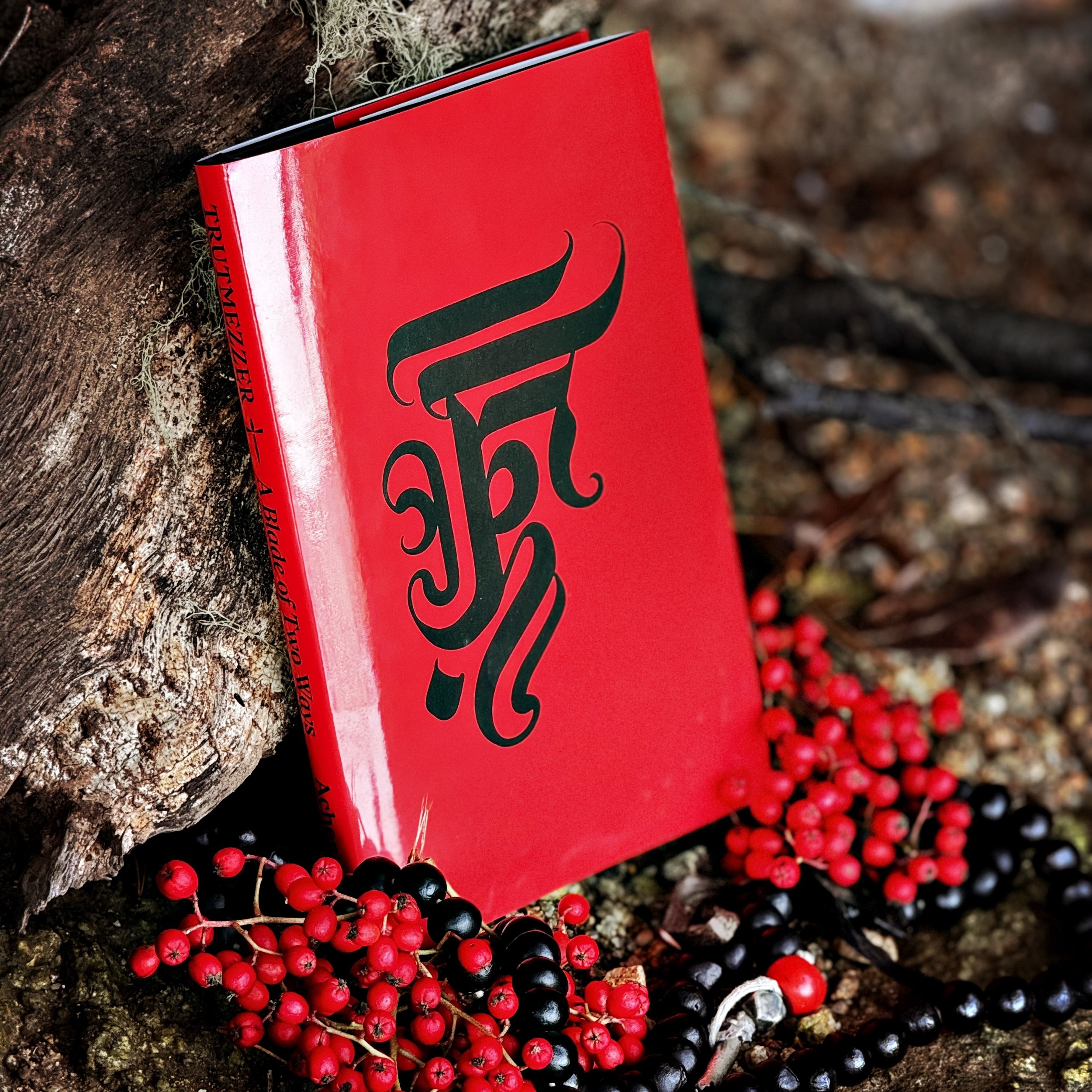New Book Out Now
TRUTMEZZER
A Blade of Two Ways • Three Hands Press • 2023
Today my new book TRUTMEZZER - A Blade of Two Ways becomes available from Three Hands Press. All 936 hardcover copies were received from the printer last week and are ready for shipping. My heartfelt thanks to the friends who made this genuinely goêtic book possible. First and foremost are Three Hands Press themselves, then Rowan E. Cassidy and Delia Vico for their enchanting illustrations. Then there is the marvellous Marcus McCoy from TrollcunningForge who put the most magical blades into my hands! And finally, as with all my books, there are the spirits and ancestors whose voices taught me, many of whom you can meet in the two essays combined in this book.
Here are a couple of impressions from the physical manifestation of the book, as well as some personal reflections on how to maybe best approach it. May we all master the exercise of when to leave the knife in our pocket, when to pull it out for cutting, and when to step through its blade into Radical Otherness.
LVX,
Frater Acher
May the serpent bite its tail.
Maybe this book is the closest I have come to writing a manual? Now, this is not the kind of manual that codifies patterns of practice or that promises repeatable results under any circumstances. Rather it is the kind of manual that is akin to the original sense of the word: of or pertaining to the hand; done, made, or used by hand. Even more specifically, the Latin word manualis means belonging to the hand or can be thrown by hand. All of this, as we will see, is exquisitely true for the kind of magical blades I am examining in TRUTMEZZER – A Blade of Two Ways (Three Hands Press, 2023).
This slim book intends to make the magic of the forged blade accessible from two different, complementary perspectives. We approach these mysterious objects first from an occult, historical and then from a deeply personal perspective.
The first essay uncovers the points of contact through which our ancestors in the Alpine countries made spirit contact by use of the small, nimble blade. This blade is of an essentially different nature to its larger relative, the sword. Instead of representing and dominating, this blade hides in smocks, on belts, in aprons, on kitchen boards, in stables and on bedposts. By tracing the unwritten history of these everyday blades, we discovered how versatile their magical use was: That they were used both to ward off and to invoke storm spirits, land beings or night ghouls. That this is the secret of the old, sharp, small blade, that it is a gate through which we can change sides. A gate that, when deliberately closed, has defensive powers and, when deliberately opened, allows passage over otherwise inaccessible thresholds. All of this is brought to life with plenty of historical anecdotes, first-time translations of Paracelsus's source works, and beautifully illustrated by the talented feather of Rowan E. Cassidy.
The second essay in Trutmezzer is the kind of material that made me think twice about whether it is ripe for publication. It could not be more intimate, and I rarely give so much insight into the inner workings of my practice. However, in this case, the spirits were so vocal that it should be included in this and no other way, accessible to anyone who cares to read and listen. Thus, in the section titled 'The Blood of Gungil' I am sharing my firsthand encounter with an underworld being that taught me a lot about magical blades. Here is the moment we first met:
Suddenly, as if in a mirror above me, I saw a thin, human-like creature flash up. Her1 head and shoulders jutted into my field of vision. Her body was scrawny, sharp-edged, insectoid. She was a being that lived in darkness, slipped through crevices, crawled not walked, and one that moved fast.
My consciousness reached out to her. Now I could perceive her presence better. She was a hybrid being, about eight to ten meters long, with a human head and upper body that merged into a spider torso which again extended backwards into the sprawling body of a centipede.
Contrary to my first impression, I now also saw that by nature she was by no means human-like, but had only assumed this form in order to be able to communicate with me better. What she really was, I did not know.
She asked me if I wanted to be touched by her.
I answered, yes.
See, this is what I mean by the original notion of a manual. Not only does this slender book fit neatly into anyone's hand, is quickly absorbed and then tossed into a bag when your own practice takes priority. It also might help to inspire more unconventional approaches in your own work. It does not aim to lure you to follow the path I found myself on but to carve out your own.
Essentially, with Trutmezzer I aspire to provide a manual that makes your own hands itch for new ways of working, for touching the small blade, for singing to it, for immersing it into earth, water, smoke, spittle and blood. In this spirit, this slender volume is not only a deeply personal but also a highly practical goêtic manual. Whether or not it succeeds in helping us to enchant more blades, to anoint them with our own lives as well as that of the spirits, is now entirely up to you to decide.
As the best knife was once passed from mother to daughter, I place this book’s pages in your hands. May you not cut yourself too deeply on them, and forgive them if they draw a little blood. Surely they are hungry, like the old Drude who crept around the barn at night before finding the bowl of milk and crust of bread you had wisely placed for her at the door. May these pages come to versatile life, just as the small, swift blades come to life not only in kitchens and workshops but also in caves and forests, in dark crevices and in the goês’ hands.



